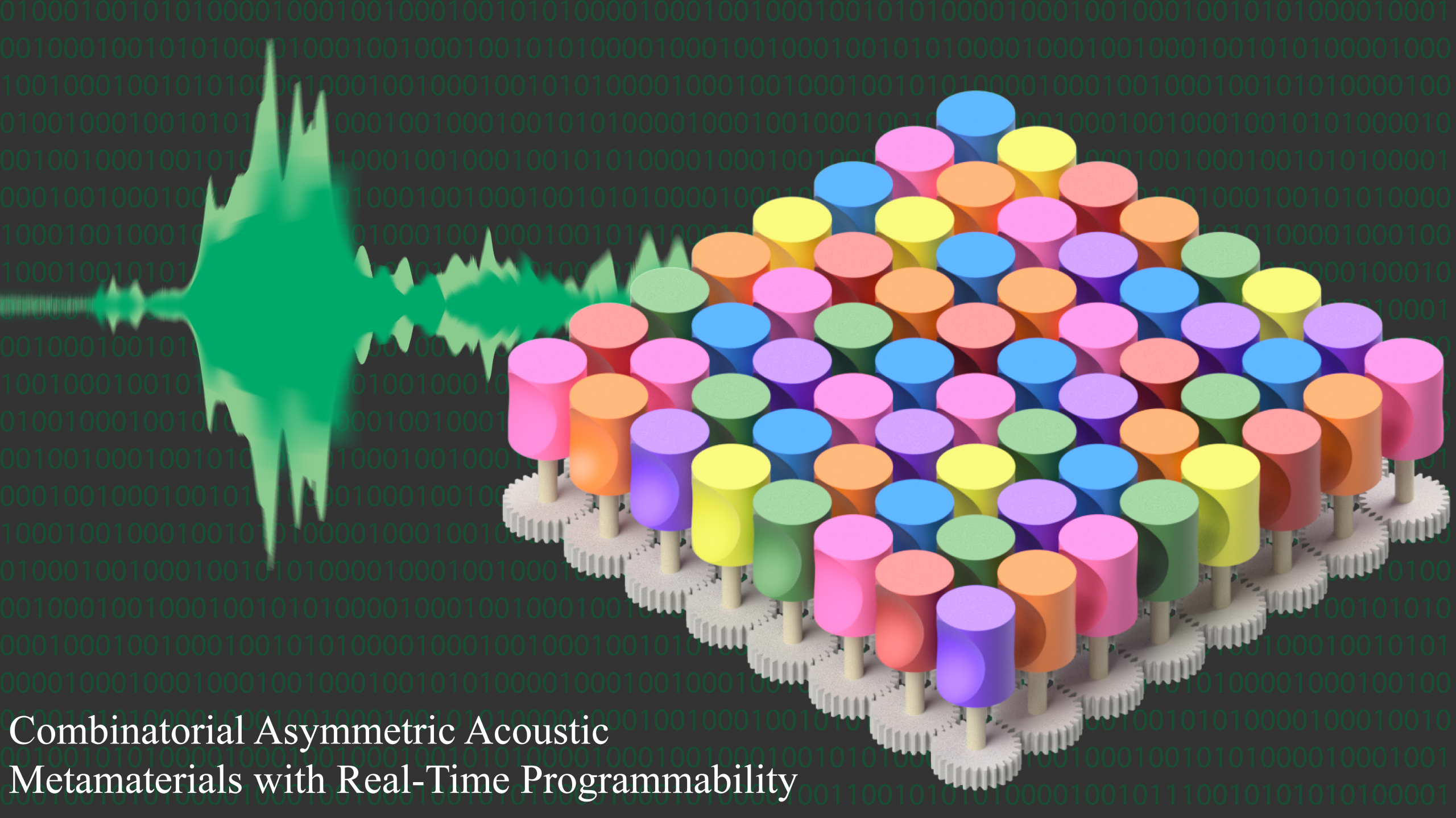
Agriculture is a $3.5 billion industry in Connecticut providing more than 20,000 jobs and significant social and ecosystem benefits, according to a new University of Connecticut study – the first comprehensive study to assess agriculture’s contribution to the state’s economy.
“The estimated impact [of $3.5 billion] is significantly higher than the $2 billion figure used in political circles in the Connecticut legislature,” conclude the authors of the study, Economic Impacts of Connecticut’s Agricultural Industry. “On a per capita basis, the agricultural industry generates approximately $1,000 in sales per Connecticut resident.”
Included in the estimated total is a figure of $1.7 billion in value-added impact, the difference between the value of agricultural output and the cost of raw materials, or the money left in the hands of residents of the state which they can then spend buying goods and services in Connecticut.
The study, conducted and authored by a group of professors and research assistants at UConn’s Department of Agricultural and Resource Economics in cooperation with the Connecticut Center for Economic Analysis, used direct agricultural sales generated in 2007 to calculate the industry’s $3.5 billion contribution to Connecticut’s total gross product of $212 billion that year, which was roughly the size of the economy of Ireland or Israel.
Although Connecticut is the third smallest state in the nation, agriculture is a vital sector in its economy, according to the study. Farmland accounts for 405,616 acres – slightly more than 13 percent – of the state’s 3.18 million acres; and Connecticut’s 4,916 farms (which average 82 acres in size) rank first in New England in terms of market value per farm and per acre.
“Because the agricultural industry purchases goods and services from other industries and hires local labor, its economic impact cascades throughout the state’s economy,” the study notes. “In sharp contrast to agriculture nationwide, field crops comprise a minor share of agricultural sales [in Connecticut], while the largest agricultural sectors are ‘green’ industries [nursery, greenhouse, floriculture, and sod production], dairy farming, and tobacco.”
The study was led by Professor Rigoberto Lopez, head of the Department of Agricultural and Resource Economics, after he was approached earlier this year by the Connecticut Farm Bureau Association and other state agricultural organizations seeking a comprehensive analysis of agriculture’s impact on the state’s economy.
Dean Gregory Weidemann of UConn’s College of Agriculture and Natural Resources wants the study to increase awareness about the larger role the agricultural industry plays in the state’s economy. He observes: “Certainly, we can see that both production agriculture and agribusiness are substantial contributors to the state economy.”
In order to quantify the economic impact of agriculture on the state, UConn researchers had to first identify what was being counted. The study defined the agricultural industry “as encompassing crop and livestock production, forest products, and the processing of the state’s agricultural production.”
Specifically excluded were secondary sectors such as landscaping and grounds-keeping, as well as food processing that does not use Connecticut agricultural products, such as bakeries and distilling. These, although economically important, “would overstate the projected output and job impacts attributable directly to the state’s agriculture,” the study reported.
Some highlights of the study include:
- Each dollar in sales generated by the agricultural industry creates up to an additional dollar worth of economic activity statewide, a significant “multiplier” by the industry for the state.
- The agricultural production sector generates between 13 and 19 jobs per million dollars in sales, more than twice the jobs generated by agricultural processing.
- The highest job creators per million dollars in sales are support activities for agriculture; the greenhouse, nursery, and floriculture industries; tobacco farming; animal production; and commercial fishing.
- The greenhouse and nursery industries are the largest agricultural production sector in the state and account for nearly half of the state’s agricultural product sales.
- The highest job generator is the greenhouse, nursery, floriculture, and sod production sector (nearly 7,000 jobs); followed by cheese manufacturing; animal slaughtering and processing; fruit and vegetable canning, pickling, and drying; tobacco farming; forestry; fruit farming; and fluid milk manufacturing.
Lopez says that along with the sales, employment, and value-added impacts the agricultural industry provides, there are significant non-market social benefits and ecosystem services, whose estimation was beyond the scope of the study.
Connecticut cropland, pasture, wetlands, and woodlands provide aquifer recharge areas and habitats for many land and aquatic species, and breeding areas for local bird populations, Lopez says. Working farms also are integral to the state’s tourism industry – another major employer – by maintaining the rural and historic New England landscape that visitors find so attractive.
“With destinations such as wineries, pick-your-own orchards, pumpkin patches, and corn mazes helping to attract tourists,” notes Lopez, “farmers’ markets, farm stands, and farm-to-table events can boost sales for area business.”
These findings indicate that further study is needed “to develop a full understanding of the contribution of specific subsectors of the industry,” Lopez says. Such inquiry could include policy instruments, such as the use of tax credits, subsidies, and both private and public investments “to spur the growth of the agricultural industry and preserve it for future generations.”


